A few of our readers have been asking us about more details of our value-add program. More specifically, “How is CF Capital making targeted improvements to a property?”
We could (and would love to) give you a long detailed response, but essentially we do this through our asset repositioning process. Asset Repositioning is the strategic use of improvements implemented at our properties in an effort to improve their position within the marketplace.
The overall purpose of an asset reposition is to ultimately improve the asset so that there are improvements in the financial performance of the asset. If you take good care of an asset and are diligent in your application of these principals, it will be rewarded in cash flow and asset value among other areas.
Of course we must have a vision for the asset, but we cannot stress enough how important it is to back up that vision with data and a real rationale.
“By failing to prepare, you are preparing to fail.” - Benjamin Franklin
In our post about due diligence, we discuss our process in how we gather all information after the initial underwriting process. That is, any information from a comparable standpoint and a market standpoint so that we can further understand what we are missing. An example of a goal is answering the question, “What can we do to bring an asset from a class C to a class B property, and is it in demand in the marketplace?”
We also discuss this further in our post about CF Capital business plans.
Along with asset management, asset repositioning is one of the key components in the execution of our business plan. Essentially, we are bringing the business plan to life.
So what are some examples of repositioning?
Aesthetic, Cosmetic, and Building Performance Improvements
Any improvements made to the interior and exterior of the asset are considered to be a part of repositioning. With the interior, it could be adding granite countertops, installing new wood flooring, connecting recessed lighting, or any of the features that might be attractive to the tenant marketplace.
With regard to the exterior, it could be something as simple as painting the exterior of the buildings. It could also include improvements to common areas such as an updated clubhouse or fitness facility, an addition of outdoor lighting, and an improvement to the property’s landscaping.
Additionally, we make an effort to add value by implementing energy-efficient improvements such as low-flow toilets and shower heads, LED lighting, and potentially new windows. Some tenants are attracted to this feature not only for its environmental benefits, but for the savings they are able to realize on their utility bill.
Our post about capex also discusses asset improvements in further detail.
Property Element Repurposing
Repurposing is just one of the many opportunities where we are able to be creative. In this case, a sizable extra maintenance shed could be turned into an extra workplace or a small clubhouse for tenants. Or a common area could be repurposed to be a lobby with mailroom and concierge service attendants.
When repurposing, it is also important for us to keep our asset’s location and target tenant in mind. For example, if our asset is located near an area that contains many technology companies, outfitting an apartment complex with high speed technologies and amenities can attract the people who work at these companies. Another example is if our asset is in the suburbs, implementing family-friendly features such as playgrounds or extra parking spaces can go a long way.
Operations, Property Management, Branding and Marketing
As it relates to operations, property management, and personnel, the goal in repositioning an asset is to provide an improved community for our tenants. Having maintenance personnel on-site and/or on-call 24 hours a day is one example of this. This could also mean having specific amenities on the property that attract the ideal tenant.
In branding and marketing, we may want to want to update the external world’s view of our property in a light that more closely aligns with our updated property. Examples of this could be re-naming of the asset and/or changing the aesthetic of the branding.
The list is seemingly endless.
***
The planning process of our value-add is more or less the asset repositioning portion in our business plan. Without repositioning there would be no value-add program.
The bottom line is that any asset can be repositioned and improved. As operators, it is necessary to back up the decisions by answering “is this in demand?” or “is there a gap that is being presented?” It all starts with the research and becoming well-informed. From there it is about understanding and bringing all of that to life through sound execution.
——————————————————————————————————————————————————————
Interested in partnering with us? Join our investors list here.


